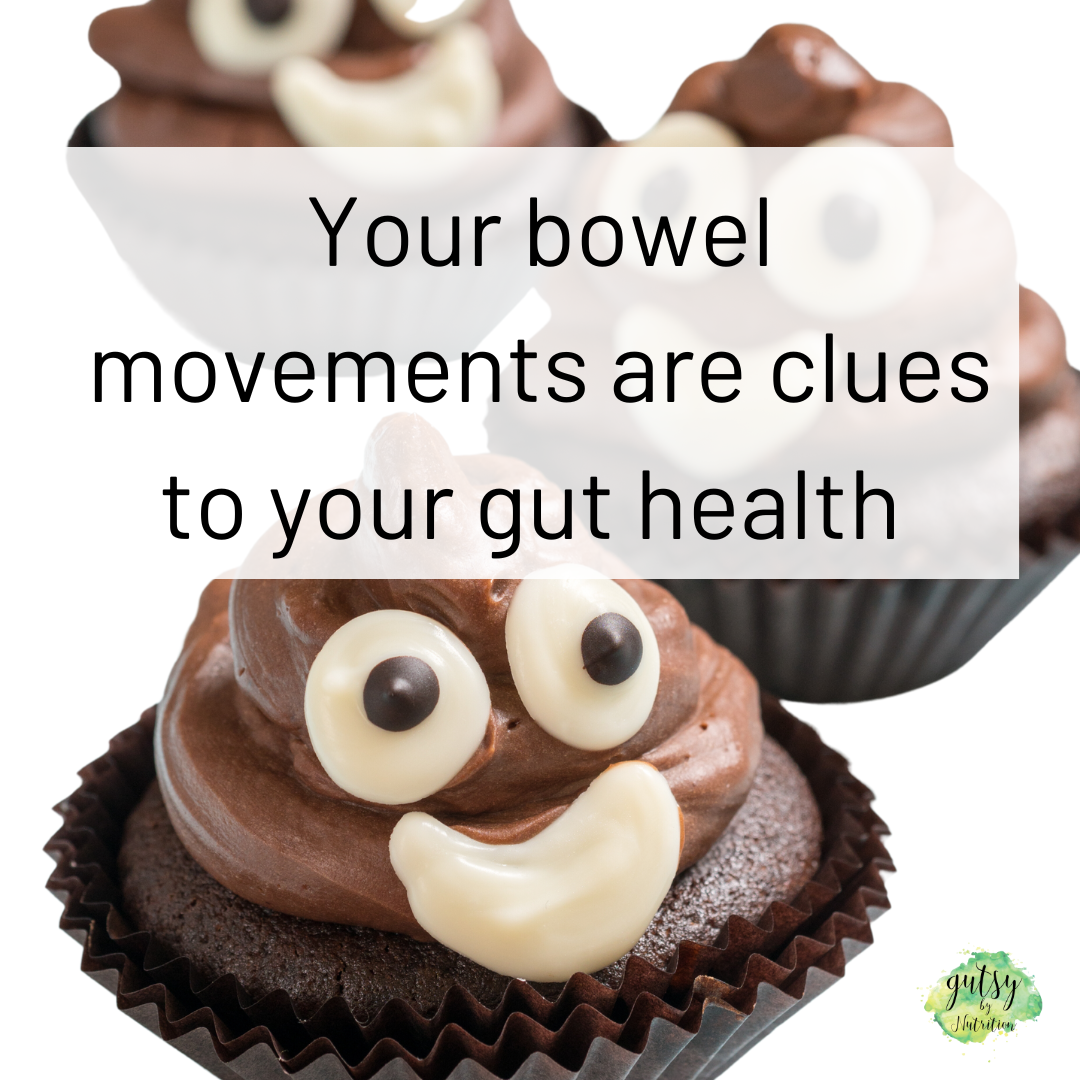Your bowel movements give clues about your gut & general health
Our stools are a mine of information on the state of our gut, and overall health and wellbeing.
A stool’s colour, shape, size, consistency, odour and what it contains can say a lot and can help you detect health problems early on.
Some important things to look out for
The Bristol Stool Chart is a great tool to learn what forms are healthy or not. Types 3 to 5 are good, with 4 being optimal. Going at least 1-3 daily is healthy.
Chronic constipation is unhealthy and can lead to Chron’s, bowel polyps, ulcerative colitis. Any constipation means poor detoxification and much more
Diarrhoea is associated with infections, IBS, bile acid malabsorption
Undigested food could mean low stomach acid, digestive enzymes and/or good gut flora. When accompanied by diarrhoea, it could mean diseases like Coeliac, Chron’s, IBS, pancreatic insufficiency
If you see eggs or worms, you have a parasite to eradicate
Shiny and fatty could mean undigested or poorly absorbed fats coming from low stomach acid, digestive enzymes and bile, or diseases like Coeliac
Mucous means inflammation, and may be linked with bowel diseases like Crohn's, ulcerative colitis, colon cancer
Smelly can mean an infection, IBS or bile acid malabsorption
what colours mean
White, pale, yellow or grey stools may indicate a lack of bile, which can suggest hepatitis, cirrhosis, pancreatic disorders or possibly a blocked bile duct. Antacids can also cause this
Black, tarry or red stools can indicate gut bleeding – red in the lower, black in the upper. Ulcers, cancer, diverticulitis or chronic inflammation may be causes
Green is an indication nutrients are not being absorbed properly and could be a sign of Crohn’s, gallbladder disease
Yellow can mean undigested fat or Coeliac disease
When in doubt, get yourself checked out.

